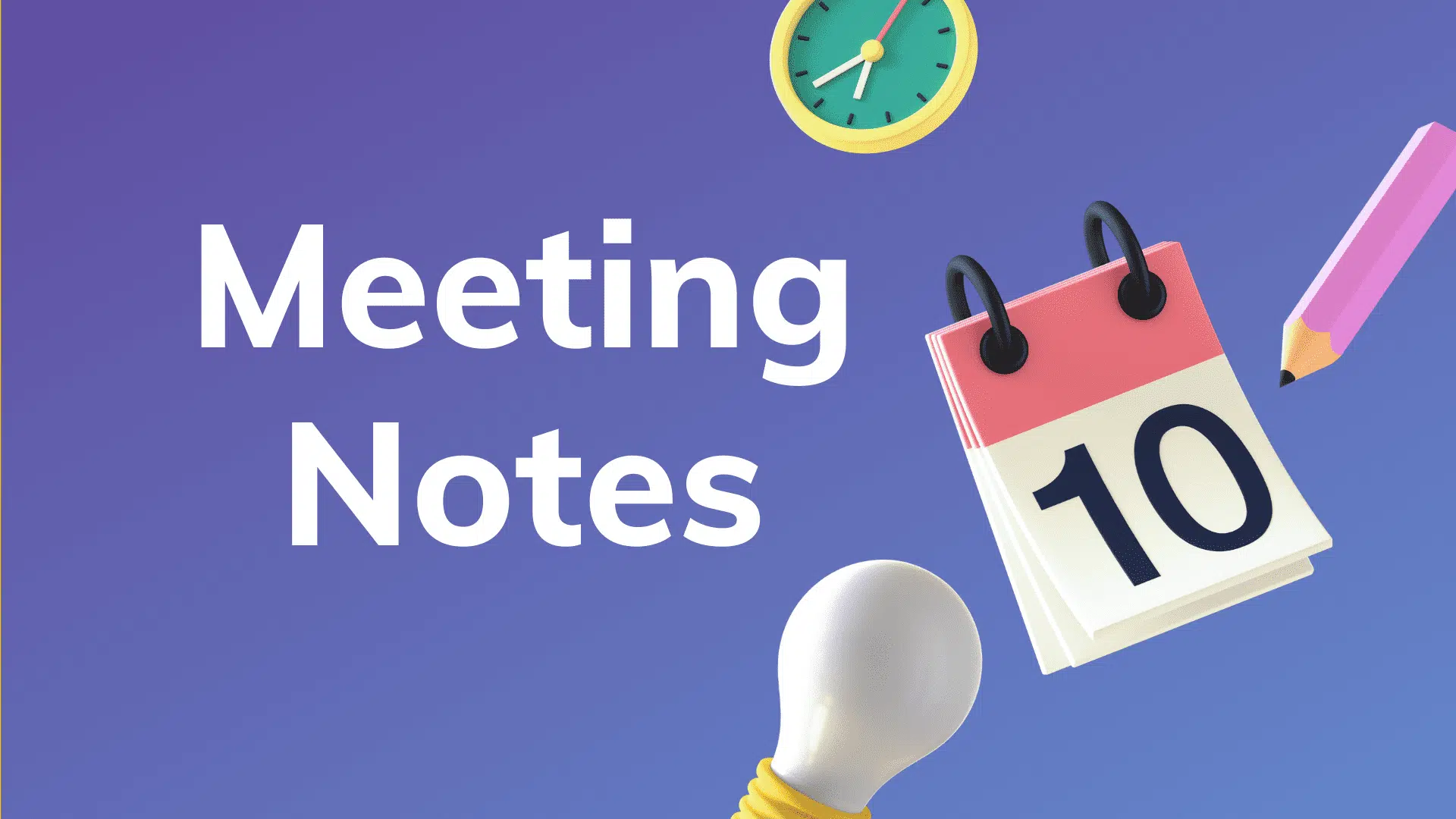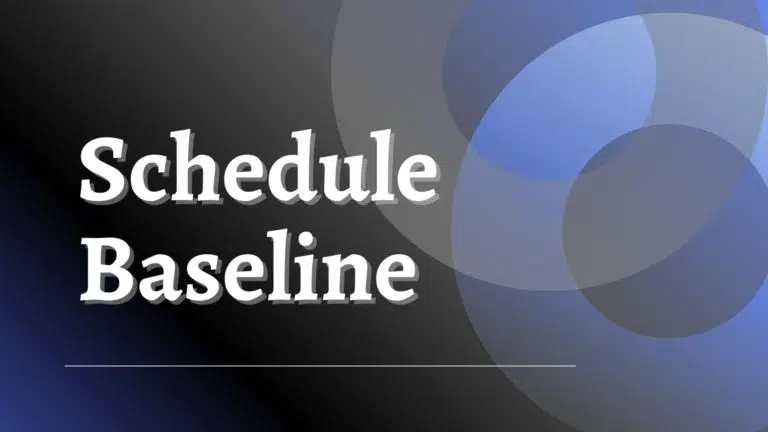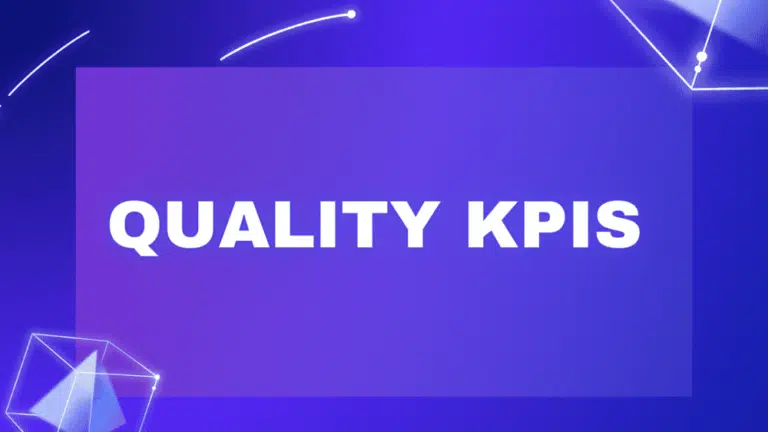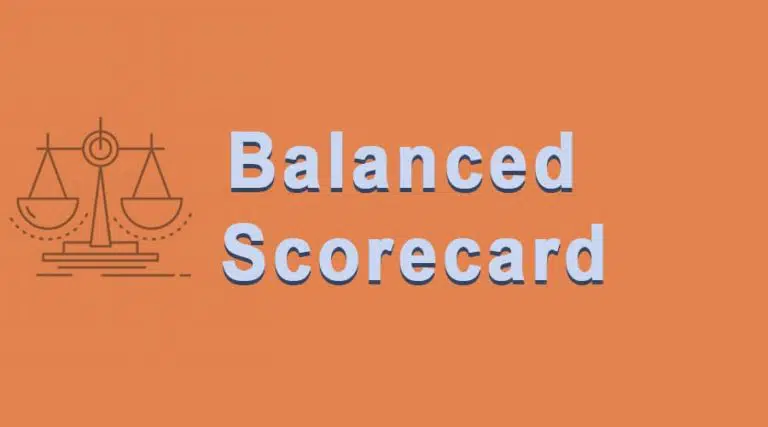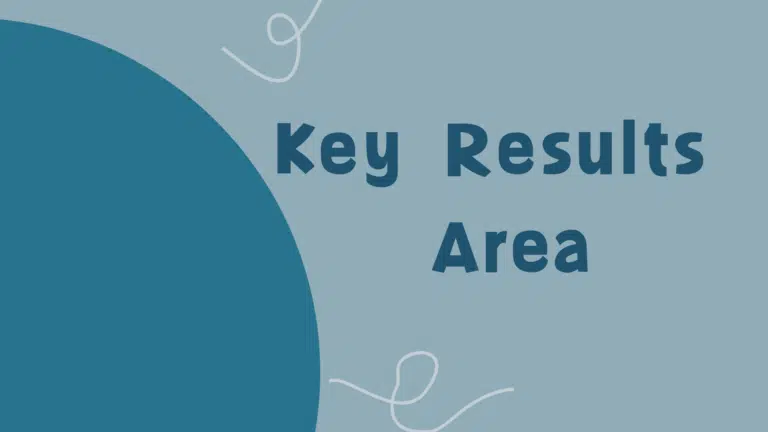Businesses always have meetings internally and externally with different stakeholders, and recording the meeting notes is vital. If you attend such meetings, taking effective notes is necessary to convey the meeting’s resolution to concerned stakeholders.
In project management, project managers spend most of their time in communication, and a large part of this communication is spent in team meetings such as kickoff meetings, planning meetings, status review meetings, etc., so taking meeting notes is equally important here as well.
In today’s blog post, we will discuss meeting notes, how note-taking is useful, and how you can record them efficiently.
Let’s get started.
What Are Meeting Notes?
Meeting notes (notes of meetings) are informal written records that include the meeting agenda, discussed topics, action items with their due dates, etc. This note is a reference point for later review and to distribute to other concerned stakeholders for their information.
Notes of meetings are the foundation of Minutes of Meetings or Meeting Minutes, which are formal written documents.
A good meeting note helps you remember meeting details, including key decisions, resolutions, and action items (with due dates) that you or any other attendees must take before the next meeting.
How Are Meeting Notes Prepared?
During my initial days at the job, I took meeting notes, and I prepared many meeting notes and then meeting minutes (or Minutes of Meeting) based on the meeting notes. Now, I will share my experience with the complete process, from taking notes to preparing and approving the minutes of meetings.
First, you will prepare a meeting agenda, mention the point you will discuss with the participant, send it to all meeting participants, and ask for a suitable time and place for the meeting. If you are in an authoritative position, you can fix the time and place for the meeting and invite attendees.
At the designated time, you will distribute the hard copy of the agenda to the attendees and start the meeting. You will bring a subordinate note-taker to record the key points of the conversation (e.g., decisions, resolutions, or action items) on paper.
After the meeting, you will prepare the meeting notes on a preapproved template and circulate them to all participants for their comments and feedback.
This is important as sometimes you may misassign the action (or task) to the wrong person in the meeting minutes, type the wrong due dates, and send it to stakeholders. This can cause conflict.
Once all attendees provide their comments and agree, you can prepare the meeting notes, approve them, and circulate them to attendees and other concerned stakeholders.
The Importance of Taking Meeting Notes
Businesses conduct meetings for special purposes such as finding a solution, resolving a conflict, initiating ideas, discussing business cases, feasibility studies, etc. You can have a good memory and keep the information for some time, but this memory will fade as time passes, and you cannot remember it later when required.
Moreover, in formal sitting, there must be some output for reference to convey the meeting resolution to other stakeholders.
Meeting notes fulfill these purposes. They allow you to have a written record of meeting agendas, decisions, resolutions, action items, etc.
How Meeting Minutes Differ from Meeting Notes
Meeting notes are informal and raw forms of data, and most of the time, they don’t have a formal structure. They captured the key points discussed in the meeting and included details on resolution, actions, decisions, etc.
You had to write fast since you recorded it during the intense and heated discussion, so this may not look good or professional.
Minutes of Meeting or Meeting minutes are formal written documents, and they are developed using the meeting notes. MOMs are formal and circulated to all attendees and concerned stakeholders for their records and information.
Meeting notes are used in all forms of meetings, whether formal or informal. Minutes of meetings are used for all formal meetings, such as board meetings, legal gatherings, etc.
9 Steps for Taking Effective Meeting Notes
You can follow the following guidelines for effectively taking notes for any meeting:
#1. Distribute the Agenda in Advance to All Attendees
You must prepare the meeting agenda and send it to the attendees so they know what they are expected to discuss and prepare themselves for the meeting.
Apart from the agenda, you can prepare pre-meeting notes, in which you can mention ideas, thoughts, and suggestions in advance so you won’t forget them during the discussion or brainstorming session.
#2. Select the Meeting Notes Format
You must define the format for preparing better meeting notes so you can record and enter the right information in the right place without wasting time. Time is key here; everybody will speak continuously, and you must record their statements and opinions simultaneously.
A formatted paper helps note-takers record notes faster and more efficiently.
#3. Promote Collaborative Notetaking
Having multiple designated note-takers to write notes during the meeting is always better if the meeting has large attendees. Sometimes, meetings are so intense, and multiple participants speak simultaneously that a single note-taker misses the key points from other key participants as they cannot write for more than one person speaking.
In such a scenario, another designated note-taker can help collect the record for other speakers. However, don’t choose more than three note-takers. Even two note-takers are enough. You can also ask the other attendees to note any important points they think are worth recording.
Once, we had a meeting in a big conference room, and our boss assigned three team members to sit at a separate table to take notes independently. He also requested his colleagues to make notes if they wished, and they did note some useful observations.
#4. Invite the Right Attendees
This point is not specifically related to writing meeting notes, but it is vital for the success of your meeting. We have suffered a lot because of this, so I could not stop writing about it.
A few times, some attendees sent their replacements who were not experts in the subject and also not aware of the topic, and they wasted our time.
Ensure the right stakeholders come to the meeting and provide constructive feedback.
#5. Add Context to the Topic
While writing the notes, add some context or background info so the reader can understand the points mentioned in the meeting notes. Do not be vague.
Avoid writing abbreviations; if you write, explain them later at the footer so the readers don’t get confused.
Use clear and plain language, and don’t use jargon and shorthand characters.
If you are in a hurry, leave space between the points to add the details when you get the first opportunity.
Avoid overcrowding your notes. Leave white space for annotations, additional thoughts, or follow-up tasks. This makes your notes for meetings more readable and allows for easy additions after the meeting.
At the end of the meeting, take a few minutes to review your outline and notes. Summarize key points, decisions, and action items. This process will help reinforce your understanding and ensure you don’t miss anything important.
#6. Involve Others in the Discussion
Actively listen to the discussion and try to understand the context. Engage with the content and ask questions if something is unclear. This will help you capture the essence of the conversation in your notes.
Clearly mark action items, due dates, and decisions to stand out in your notes. Use symbols or specific formatting to make them easily identifiable. This will help you and others quickly spot important takeaways.
Avoid trying to write everything said during the meeting. Focus on key points, decisions, and action items. Note the main ideas and any relevant details that support them.
If you don’t understand something, don’t be afraid to ask for clarification. It is better to get it right than to make assumptions.
#7. Link the Statements
In the meeting, many attendees will say a lot of things. You must record and reference the key statement with the attendees who said it.
You can write the exact words said by meeting attendees or summarize them in your own words. Ensure that the reader will understand whether it is a brief summary or a verbatim statement, as well as who said it.
Sometimes, attendees who are responsible for taking certain actions will deny being given this responsibility later. So, double-check this information before writing it in the notes.
#8. Use a Consistent Meeting Notes Format or Template
Develop a consistent note-taking format or template to organize information. This can include sections for meeting details, agenda items, action items, decisions, and any follow-up required. Consistency makes it easier to review and understand your notes later.
A formal meeting notes template can include the following elements:
- Meeting Title
- Meeting Objectives
- Date and Time
- List of Attendees
- Meeting Agenda
- Key Responses
- Key Resolutions
- Action Items
- Next Steps
#9. Avoid Electronic Devices
This is an important tip for making effective meeting notes.
To make notes, use only a pen and paper. Using electronic devices or note-taking apps is not recommended as it may cause the content to hang or get deleted, and you cannot recover it.
This research shows that taking notes helps remember the discussion topics longer. Also, having an electronic device can distract you from making notes.
Taking notes by hand improves memorization, conceptual understanding, and accuracy better than typing on mobile devices.
Meeting Notes Examples
Although you can make the meeting notes on plain paper, using a note-taking template can simplify your task, provide consistency across the organization’s note-taking process, and help you make good notes.
Now, I will provide two meeting note sample examples you can use to take notes for your meetings.
#1. Cornell Method
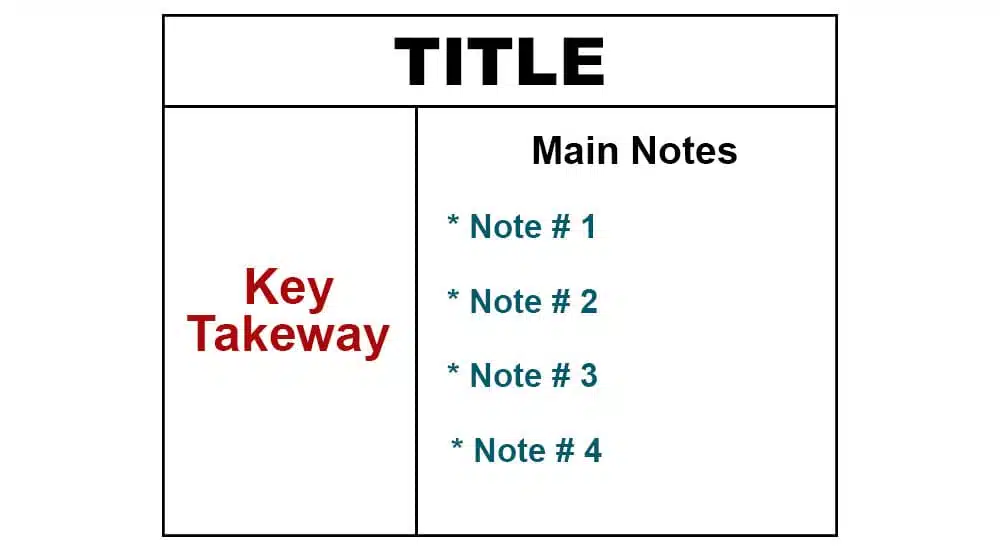
This template has three sections: one section at the top and two below it. In the top section, you can write the meeting title.
On the left side, you can mention the key takeaways or important points; on the right side section, you can write main notes with bullet points.
#2. Quadrant Method
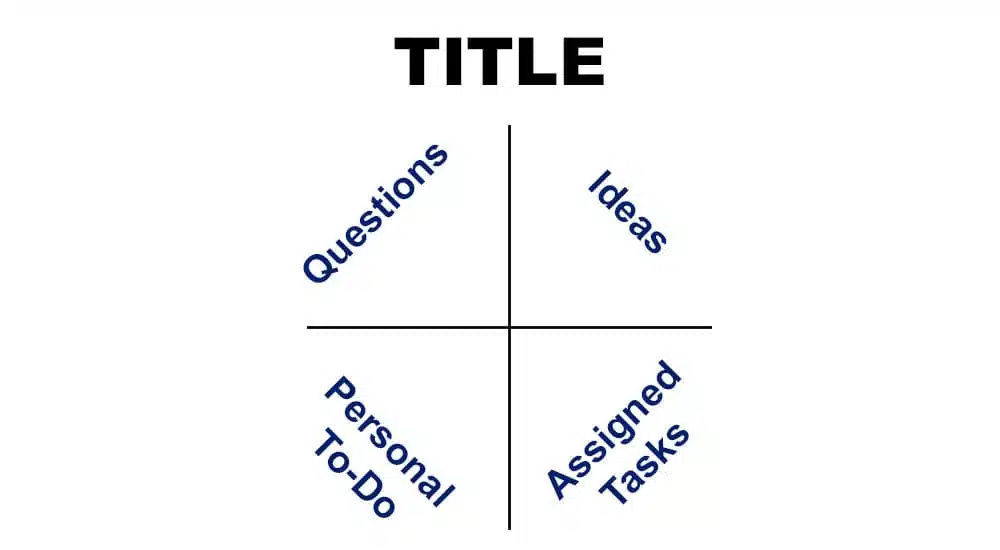
This is another simple, popular example for taking meeting notes.
This structure has five sections.
The top section is for the title, and the following four sections are for taking notes from the meeting:
- Questions: These are the key questions that attendees will ask during the meeting.
- Personal To-Dos: These include deadlines, timelines, milestones, etc.
- Assigned Tasks: These include action items or assigned tasks.
- Ideas: These are any interesting and innovative ideas that may arise during the meeting.
Summary
Writing good meeting notes is a vital skill. If you have this skill, you can prepare effective notes and provide clear meeting summaries to relevant stakeholders, who can then use them to make informed decisions.

I am Mohammad Fahad Usmani, B.E. PMP, PMI-RMP. I have been blogging on project management topics since 2011. To date, thousands of professionals have passed the PMP exam using my resources.

